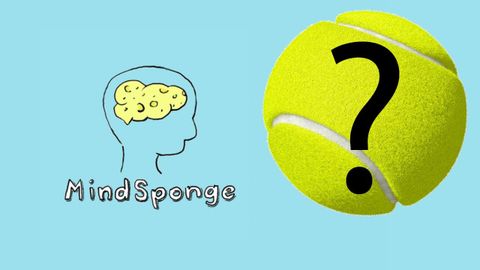
Subtitles & vocabulary
Why are Tennis Balls Fuzzy?
00
Brandon posted on 2015/01/29Save
Video vocabulary
effect
US /ɪˈfɛkt/
・
UK /ɪ'fekt/
- Noun (Countable/Uncountable)
- An advantage, benefit
- Change brought about by a cause; result
- Transitive Verb
- To cause (something) to happen; bring about.
A1TOEIC
More hit
US /hɪt/
・
UK /hɪt/
- Transitive Verb
- To have a negative impact on a person/place/thing
- To press something, such as a button or switch
- Noun
- A planned killing, usually for money
- Song, movie etc. that is successful
A1TOEIC
More hard
US /hɑː(r)d/
・
UK /hɑ:d/
- Adjective
- Difficult to do; difficult to understand
- (Of facts) not able to be misunderstood; clear
- Adverb
- With lots of force, power, or impact
A1TOEIC
More control
US /kənˈtrol/
・
UK /kən'trəʊl/
- Noun
- A device designed to operate a machine
- Participant in experiment that is left untouched
- Transitive Verb
- To direct or influence the behavior of something
- To have power over; to manage or regulate.
A1
More Use Energy
Unlock All Vocabulary
Unlock pronunciation, explanations, and filters
